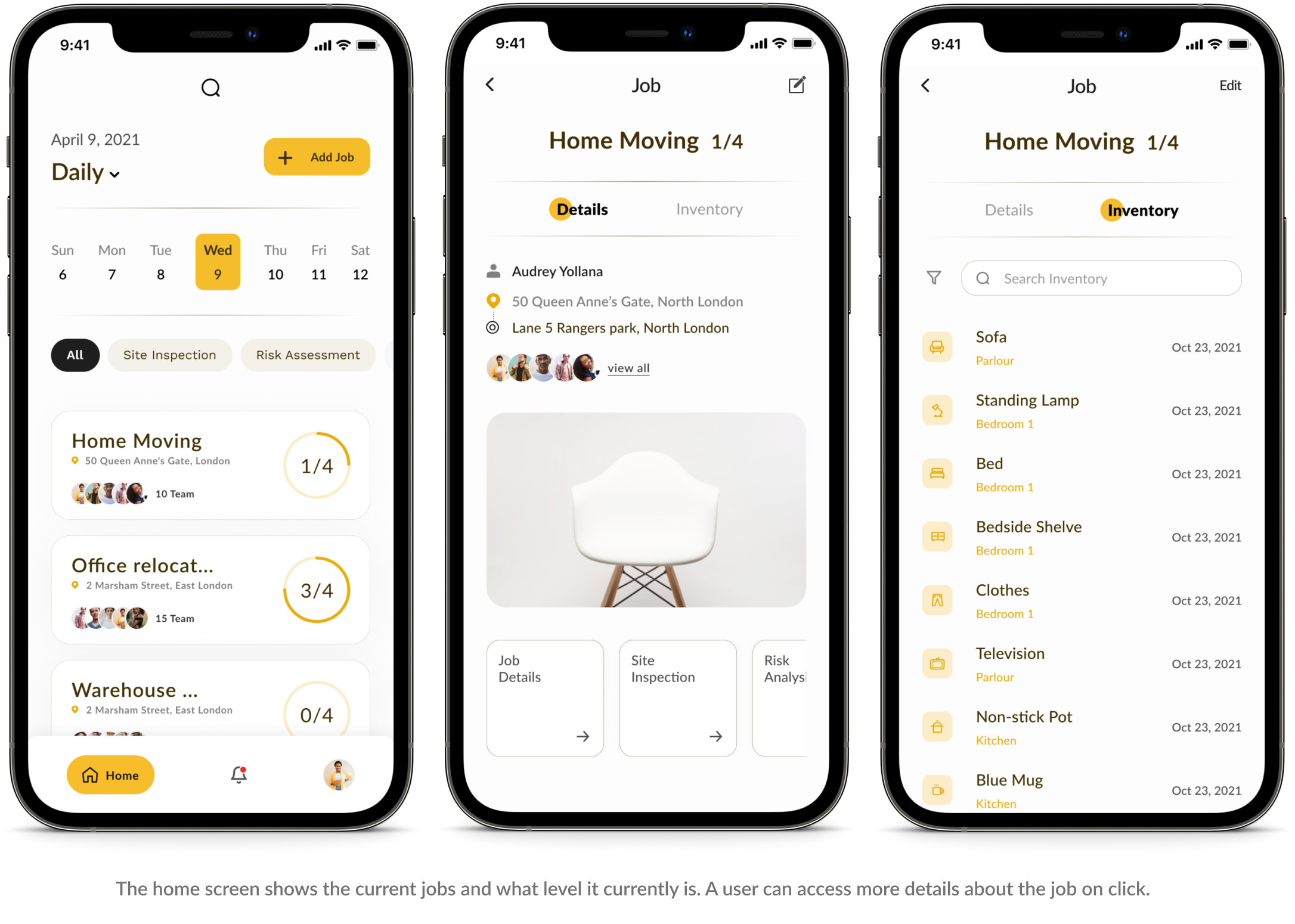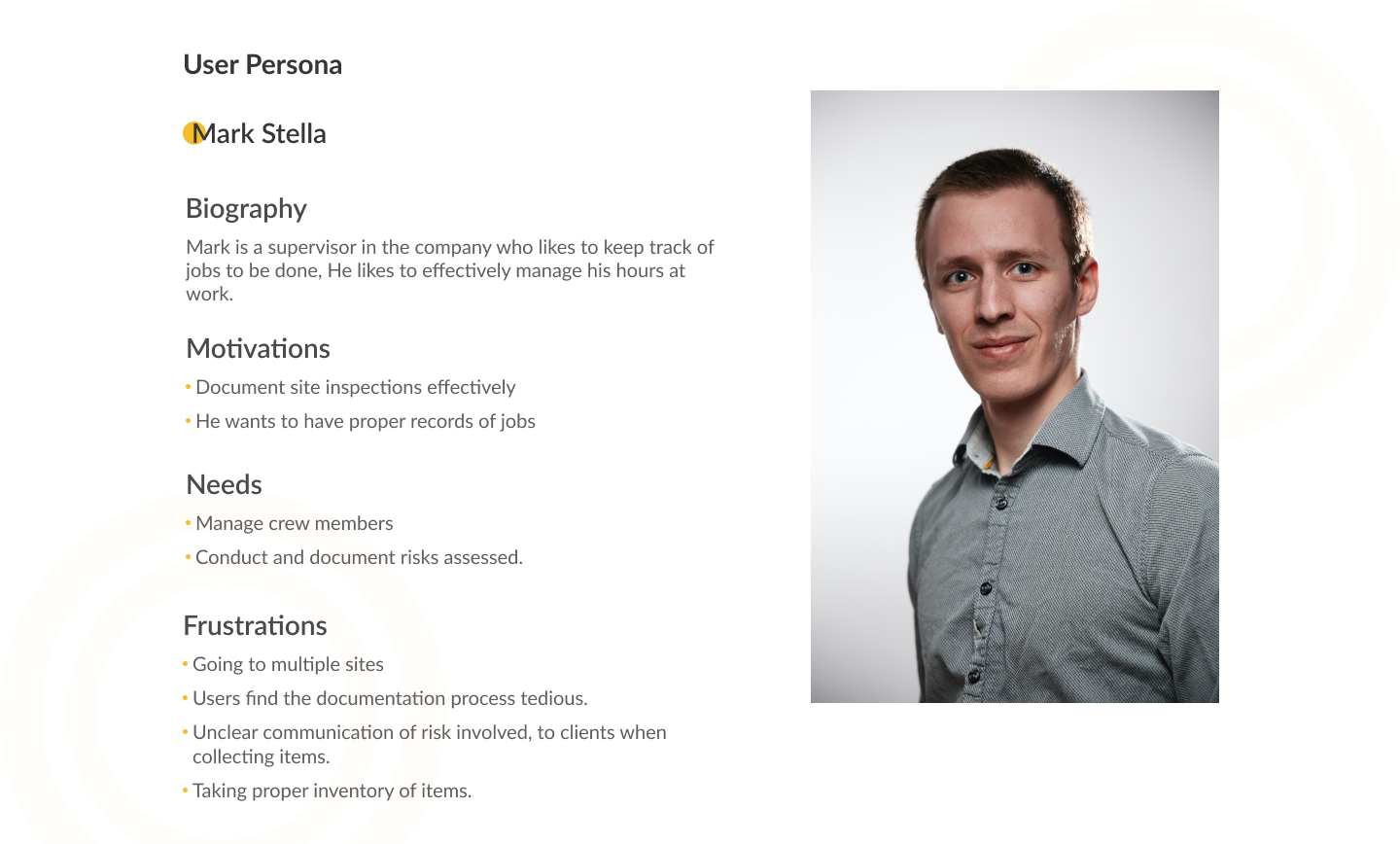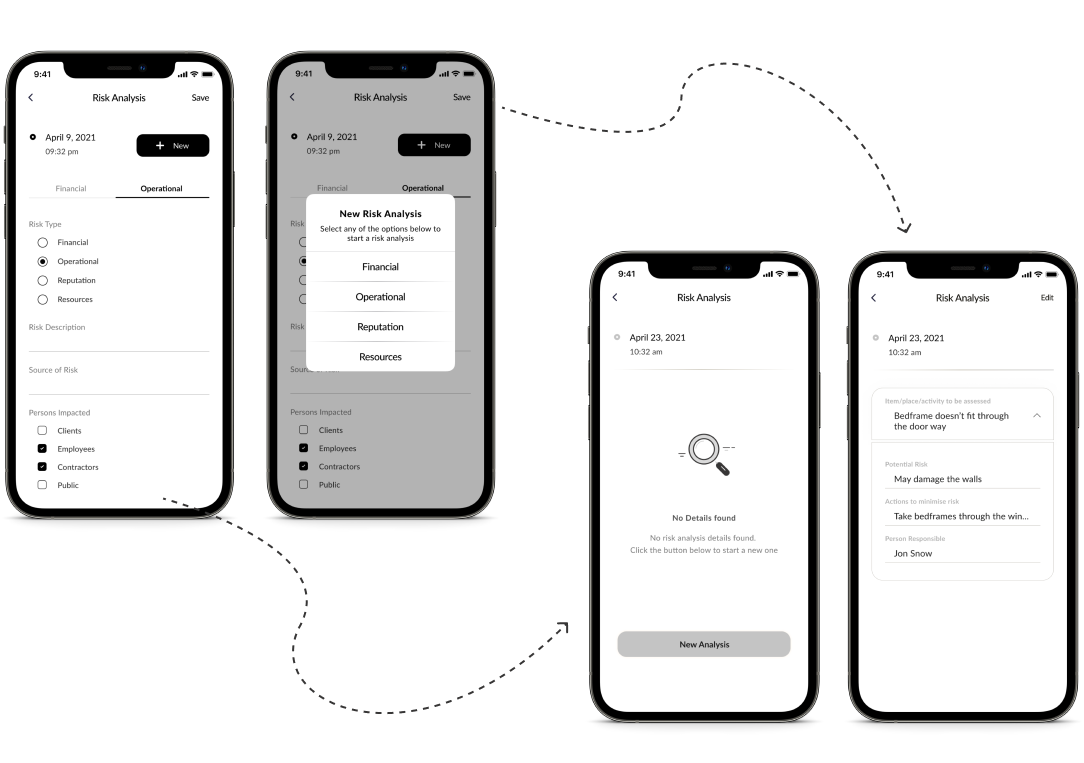Proxie
A collection and delivery app for a business

Proxie is a mobile app built uniquely for a collection and delivery business to digitally and locally manage all activities that go into the collection phase of the business.
Technology affects almost every aspect of 21st-century life, For businesses, this could translate to an expansion of business capabilities.
The importance of design in technology can not be overstated. We interact more with designs in our daily technological lives than we once did. Usability and interactivity are a lot more critical in determining the success of a product and the overall consumer experience. For this reason, we made sure we understood Proxie's mode of operation and pain points before working on this project.

A study by the McKinsey Global Institute (MGI) in 2012 found that: Switching to digital management often increases productivity by 25%. This boost is provided by the inherent speed and efficiency benefits of digital communications when compared with a traditional paper approach. In management terms, it’s the difference between having to handwrite and post a letter, compared to firing off an email.
This inefficiency is caused by the need to manually process information, with paperwork having to be physically ‘shuffled’ across an organization. The nature of field services makes this a particularly ineffective way of doing things.
It’s the trust that your customers and clients have in your ability to deliver what you promise. In an increasingly digitally connected world, people now expect the kind of convenience, speed, and efficiency that have been made possible by digital communications. It’s a standard that a paper-based management setup will always struggle to meet. A paper-based approach means slower processes, more administrative resources, and a higher risk of inefficiency - documents lost, handwritten notes being misread and paperwork incomplete.
Another problem is storage. Paper documents can take up a significant amount of space, and the quantity of paper will increase day by day. Furthermore, documents will typically need to be stored close to hand so that they can be accessed as quickly as possible. Storage problems present security risks. Regardless of size, for any organization, it is important to protect its data and other valuable assets. One of the biggest information security risks for businesses is paper because printed documents can be easily lost, mishandled, or damaged while digital data could be encrypted and safely kept on hard disks or electronic devices.
These were the prominent problems Proxie faced as they ran a paper-based management system for their company.
.png)
To figure out a way to help Proxie with this transition, we had to look at how Proxie operates and who this product is for.
It is extremely important to know and understand our primary user, the primary audience that will be using our solution.
We asked the following questions: Who is our primary user? What do we need to know about our users? What types of user information are required?
To answer the first question, Proxie’s target for this app is solely for internal use and the app is developed for their supervisors only.
What do we know about the user?
Age/ Demographic: Proxie has an average age of 32yrs for staff who are supervisors in the company. These are mostly male.
Context: The app is used basically for work purposes and most likely in the field.
Form Factor: Since this app would be used in the field, it is necessary to consider designing it on a mobile platform. Something easily accessible and would not interfere with the work process.
Comfort level with Technology: The target audience is used to mobile applications and is tech-savvy.
Understanding the business need for automating the process.
Understanding the business need for documenting risk assessments.
Understanding the business needs to integrate data acquired during the collection process into other processes.
Develop a platform for supervisors to manage multiple jobs
We decided that an interview with the client was the better approach because it would help us understand the needs and motivation of the primary user, in this case, the supervisor.
Some questions asked were;
How do you currently manage jobs end to end?
What process would you like to make easier?
How do you manage the collection process?
How do you handle risks and manage your team on-site?
Key Findings
Supervisors often struggle with managing the collection process, knowing what crew member took care of a particular item.
Supervisors find it difficult to document findings after inspecting the client’s site.
Supervisors are concerned about the level of risk the items being moved are prone to and communicate this to the client.
.png)

.png)

Feedback from the client and engagement with the primary users indicated that we had met our goals of simplifying and automating the collection process of the company, This has improved their business productivity up to 63% which is a key win.